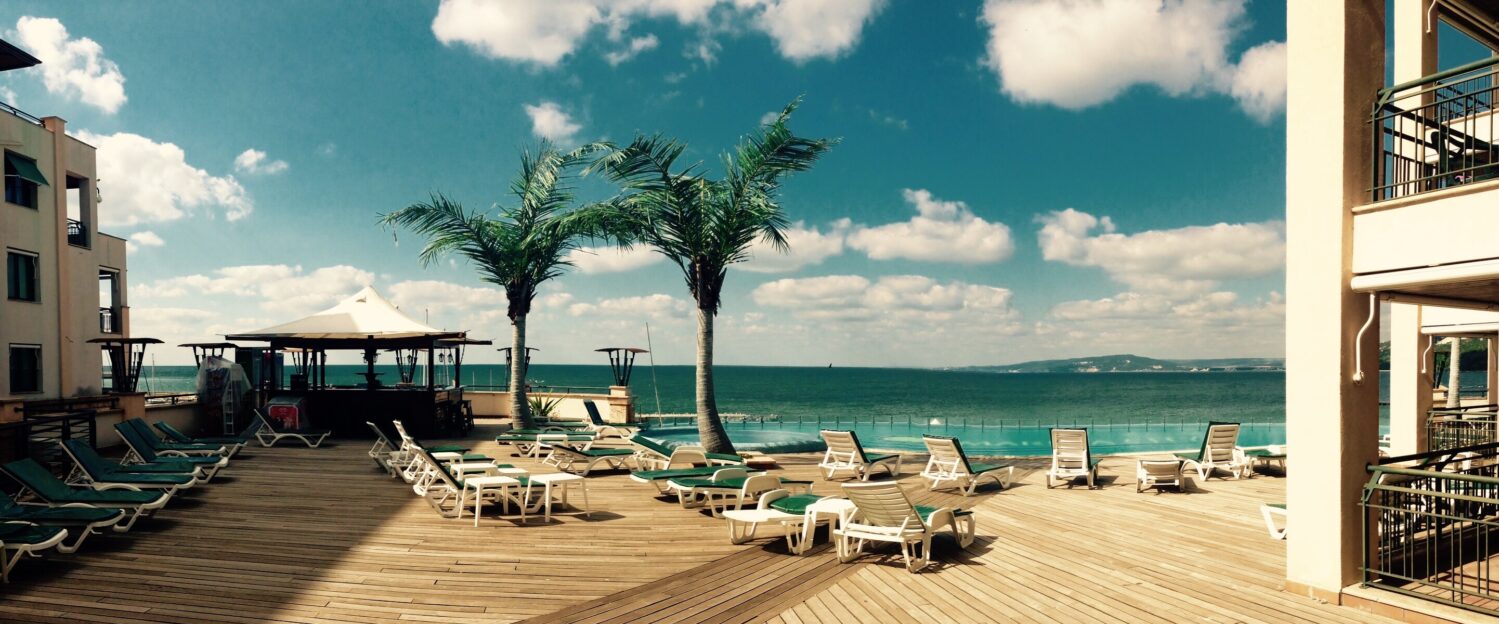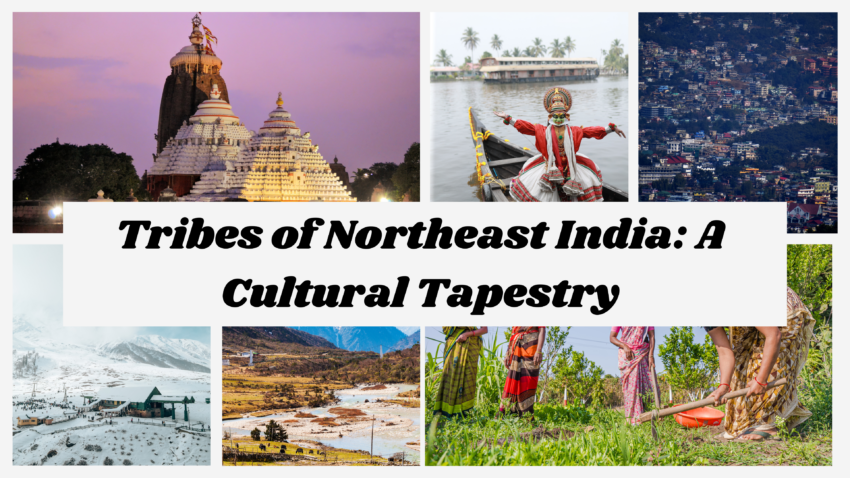When we think of Northeast India’s cultural diversity, our minds often drift toward the vibrant festivals of the north, the classical traditions of the south, or the spiritual heartlands of the central plains. But nestled in the far-eastern edge of the country lies a region that’s often overlooked—Northeast India, a land home to some of the most fascinating and diverse tribal cultures in the world.
With eight beautiful states—Arunachal Pradesh, Assam, Manipur, Meghalaya, Mizoram, Nagaland, Tripura, and Sikkim—this region houses over 200 tribes, each with its own unique identity, customs, language, and way of life. Let’s take a journey into their world.
A World Apart: Geography and Legacy
Northeast India is a land of rolling hills, lush forests, and winding rivers. Its natural beauty is matched only by the cultural wealth of the tribes who call it home. Many of these communities have lived in relative isolation, preserving ancient traditions and governing themselves through village councils and oral customs.
This relative remoteness has allowed their identities to flourish away from mainstream cultural homogenization. And what a beautiful result that’s been!
Language: A Tower of Babel in the Hills
The region is one of the most linguistically rich in the world. Tribes here speak languages from the Tibeto-Burman, Austroasiatic, and Indo-Aryan families. While some languages have written scripts, many traditions are still passed down orally, through songs, folklore, and communal storytelling.
Culture and Traditions: A Living Heritage
🌾 Festivals That Bring the Hills Alive
Festivals are not just events—they’re a way of life in the tribal communities of the Northeast. Most are linked to nature, agriculture, and spirituality.
- Hornbill Festival (Nagaland) – Known as the “Festival of Festivals,” this week-long celebration showcases the music, dance, and crafts of all the Naga tribes.
- Wangala Festival (Meghalaya) – A colorful harvest celebration by the Garo people, dedicated to Saljong, the Sun-God.
- Myoko Festival (Arunachal Pradesh) – A deeply spiritual celebration by the Apatani tribe, filled with rituals, chants, and community feasts.
👗 Traditional Attire That Tells a Story
Tribal attire isn’t just fashion—it’s identity. Every piece of clothing, every bead or feather carries meaning.
- Naga warriors don colorful shawls, each pattern denoting tribe and status.
- Mizo women wear hand-woven puan with intricate designs.
- The Monpa people of Arunachal wrap themselves in warm yak wool garments that reflect their mountain lifestyle.
💃 Dance, Music & Storytelling
In these communities, music and dance are woven into the fabric of everyday life.
- The iconic Cheraw Bamboo Dance of Mizoram, where dancers step between moving bamboo poles, is nothing short of mesmerizing.
- The Bihu Dance of Assam—celebrated during spring—actually has tribal roots before it became a state-wide festivity.
Community Life & Beliefs
Many tribes live by traditional systems of governance—village councils, elders, and communal decision-making. Some, like the Khasi and Garo tribes in Meghalaya, even follow a matrilineal system, where inheritance and lineage pass through the mother’s line.
Spiritual life is deeply rooted in nature. Trees, rivers, and animals are often considered sacred. While Christianity has been widely adopted, especially in states like Nagaland and Mizoram, many tribes continue to blend traditional rituals with newer religious beliefs.
Craftsmanship & Sustainable Living
The craftsmanship in Northeast India is as diverse as its people.
- Apatanis of Arunachal are pioneers in sustainable wet rice and fish farming.
- Mishing women of Assam weave beautiful mekhela chadors with motifs from tribal lore.
- Bamboo and cane are used to create baskets, mats, musical instruments, and even entire homes!
For many, agriculture is still the main occupation. Jhum cultivation (shifting farming) is a traditional method that’s both clever and suited to the hilly terrain.
Modern Times & Tribal Futures
While these communities are rich in heritage, they also face modern challenges—loss of land, cultural erosion, youth migration, and environmental changes.
But there’s hope.
Young people from these tribes are embracing their roots with pride, reviving languages, creating music rooted in tradition, and using social media to showcase their culture. From Instagram reels of tribal dances to YouTube documentaries on lost languages, there’s a growing movement to preserve and celebrate this unique heritage.
Final Thoughts: A Tapestry Worth Celebrating
Exploring the tribal cultures of Northeast India isn’t just a journey into the past—it’s an invitation to see a vibrant, living, evolving world that balances tradition with modernity. These communities are not relics; they are resilient and radiant parts of India’s soul.
Suppose you plan to travel or simply want to learn more about India’s rich diversity. In that case, Northeast India is a must-explore destination—an unexplored storybook of culture, spirit, and deep human connection.
✈️ Have you visited Northeast India or experienced any tribal festivals? Share your stories in the comments below!
You Can Read my other Blog- Traditional Festivals Across India You Must Experience
Instagram Account – Travelling Magic

